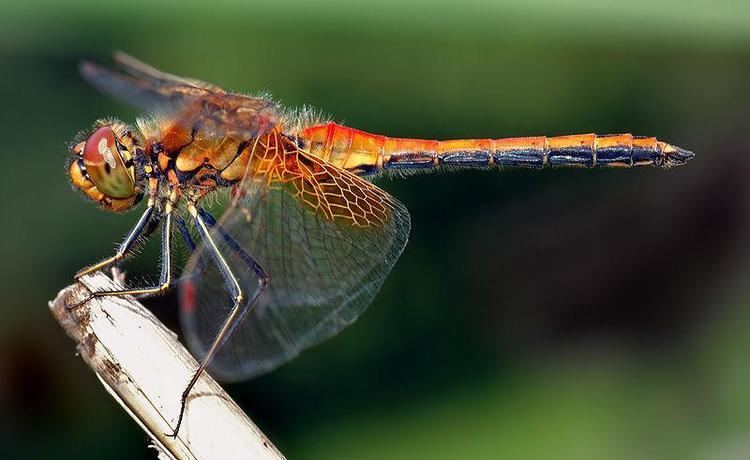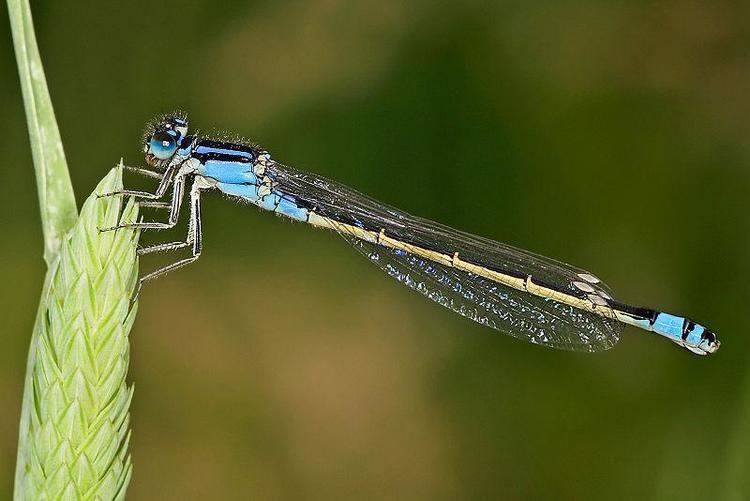Rank Subclass | Scientific name Pterygota Higher classification Insect | |
 | ||
Lower classifications Butterflies and moths, Fly, Butterfly, Ant, Endopterygota | ||
Flying pussy boxing large flying bug pterygota insect
The Pterygota are a subclass of insects that includes the winged insects. It also includes insect orders that are secondarily wingless (that is, insect groups whose ancestors once had wings but that have lost them as a result of subsequent evolution).
Contents
- Flying pussy boxing large flying bug pterygota insect
- Systematics
- Infraclass Palaeoptera
- Infraclass Neoptera
- References

The pterygotan group comprises almost all insects. The insect orders not included are the Archaeognatha (jumping bristletails) and the Thysanura (silverfishes and firebrats), two primitively wingless insect orders. Also not included are the three orders no longer considered to be insects: Protura, Collembola, and Diplura.

Systematics

Traditionally, this group was divided into the infraclasses Paleoptera and Neoptera. The former are nowadays strongly suspected of being paraphyletic, and better treatments (such as dividing or dissolving the group) are presently being discussed. In addition, it is not clear how exactly the neopterans are related among each other. The Exopterygota might be a similar assemblage of rather ancient hemimetabolous insects among the Neoptera like the Palaeoptera are among insects as a whole. The holometabolous Endopterygota seem to be very close relatives, indeed, but nonetheless appear to contain several clades of related orders, the status of which is not agreed upon.

The following scheme uses finer divisions than the one above, which is not well-suited to correctly accommodating the fossil groups.
Infraclass Palaeoptera
(probably paraphyletic)
Infraclass Neoptera
Superorder Exopterygota
Superorder Endopterygota
Neoptera orders incertae sedis
